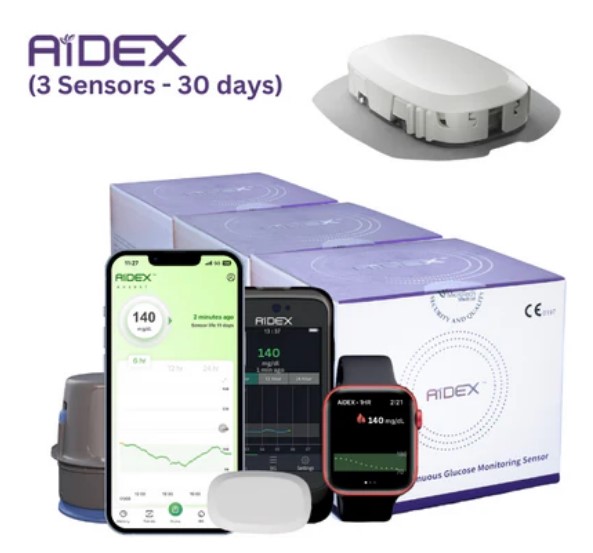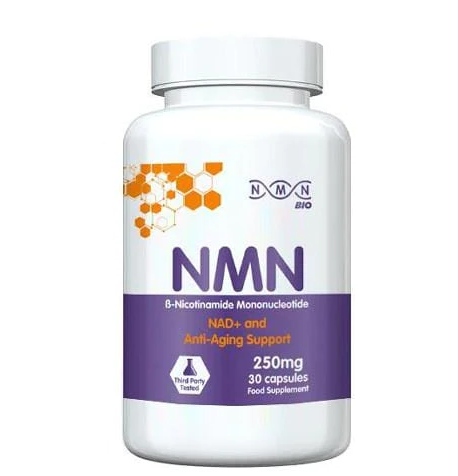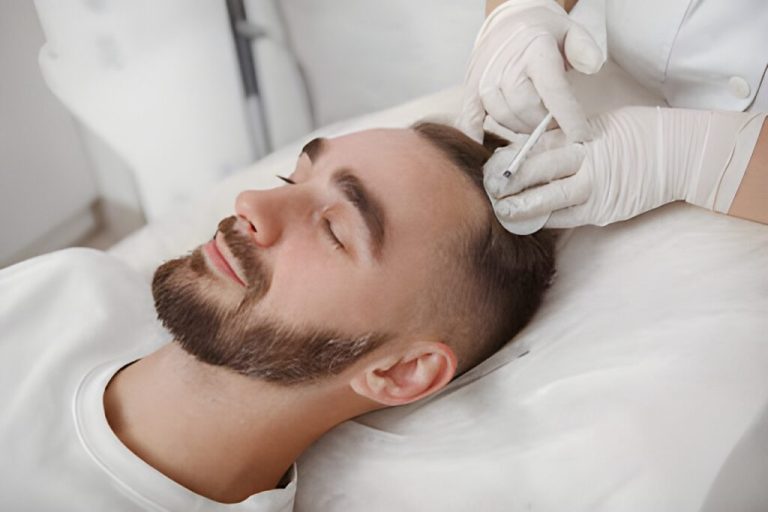REVOLUTIONIZING DIABETES CARE: THE IMPACT OF CONTINUOUS GLUCOSE MONITORING (CGM) DEVICES
Asenqua Tech is reader-supported. When you buy through links on our site, we may earn an affiliate commission.
Continuous Glucose Monitoring (CGM) devices have transformed the landscape of diabetes care with their ability to monitor glucose levels in real-time around the clock. Utilizing a small sensor inserted beneath the skin, typically on the arm or the abdomen, these devices measure glucose levels in the interstitial fluid. The sensor then wirelessly transmits this data to a receiver or smartphone app, providing users with immediate access to their glucose readings.
CGM devices offer a significant benefit by monitoring glucose trends, which encompass highs, lows, and rates of change. This data enables users to make informed choices about insulin dosages, dietary patterns, and lifestyle modifications, ultimately resulting in improved glycemic control and overall well-being.
Additionally, CGM devices offer customizable alerts and alarms for hypo- or hyperglycemia, enhancing user safety and peace of mind. With technological advancements, modern CGM devices also provide features like predictive alerts, trend analysis, and integration with insulin pumps, further improving their utility and convenience for individuals managing diabetes. In summary, CGM devices are essential tools that enable individuals to manage their diabetes more effectively, resulting in enhanced quality of life and better long-term health outcomes.
NAVIGATING THE FINANCIAL LANDSCAPE OF CONTINUOUS GLUCOSE MONITORING (CGM) SYSTEMS:
Understanding the costs associated with Continuous Glucose Monitoring (CGM) systems is essential for individuals managing diabetes. Typically, the Continuous Glucose monitoring price encompasses the purchase of a CGM start-up kit, which includes a transmitter and sensors, ranging from one hundred to two hundred dollars. Additionally, ongoing expenses are incurred for sensor replacements, necessary every few days to weeks, depending on the model. Over time, the cumulative cost of replacement sensors can become substantial. Therefore, individuals considering CGM systems should factor in both the initial and recurring costs to make informed decisions about their diabetes management strategy. While CGM systems offer invaluable benefits in glucose monitoring, understanding and budgeting for the associated expenses is crucial for long-term adherence and effective diabetes management.
ANATOMY AND FUNCTIONALITY OF CONTINUOUS GLUCOSE MONITORING (CGM) SENSORS:
Continuous Glucose Monitoring (CGM) sensors are comprised of three essential components: a needle-based sensor, a transmitter, and a mobile app. Initially, the needle-based sensor, also known as the continuous glucose monitoring sensor, is inserted into the arm or abdominal subcutaneous tissue, measuring an electrical signal that corresponds to the glucose concentration in the interstitial fluid. Following this, a transmitter is applied over the sensor to transmit this signal. Finally, the mobile app receives the transmitted signal and displays it on a monitor. The signal displayed on the monitor represents the glucose concentration. This signal is derived by converting the raw electrical signal measured by the sensor through a calibration process. This calibration process utilizes one or more reference blood glucose (BG) values collected using a portable self-monitoring BG (SMBG) device. The needle-based sensor serves as the core element, directly measuring the electrical signal indicative of glucose levels. The transmitter wirelessly transmits this signal to the portable device for visualization and analysis. Through calibration, the raw electrical signal is converted into a glucose concentration, allowing users to monitor their glucose levels continuously. This sophisticated system enables individuals with diabetes to gain real-time insights into their glucose levels, facilitating better management and control of their condition.
FREQUENTLY ASKED QUESTIONS:
Q1: Can I engage in activities like bathing, swimming, and exercising while wearing the Aidex CGM device?
Answer: The Aidex CGM device is waterproof, allowing users to bathe, swim, and exercise without removal. It functions effectively when exposed to water, provided it’s not submerged beyond 3 feet or kept underwater for more than 30 minutes at a time
Q2: What are the dimensions of the sensor for AiDEXTM CGM?
Answer: The sensor size of AiDEXTM CGM, along with the transmitter, measures 36x22x8mm. Additionally, the overall weight is less than 5.5g. This compact size ensures comfort and convenience for users during wear.







